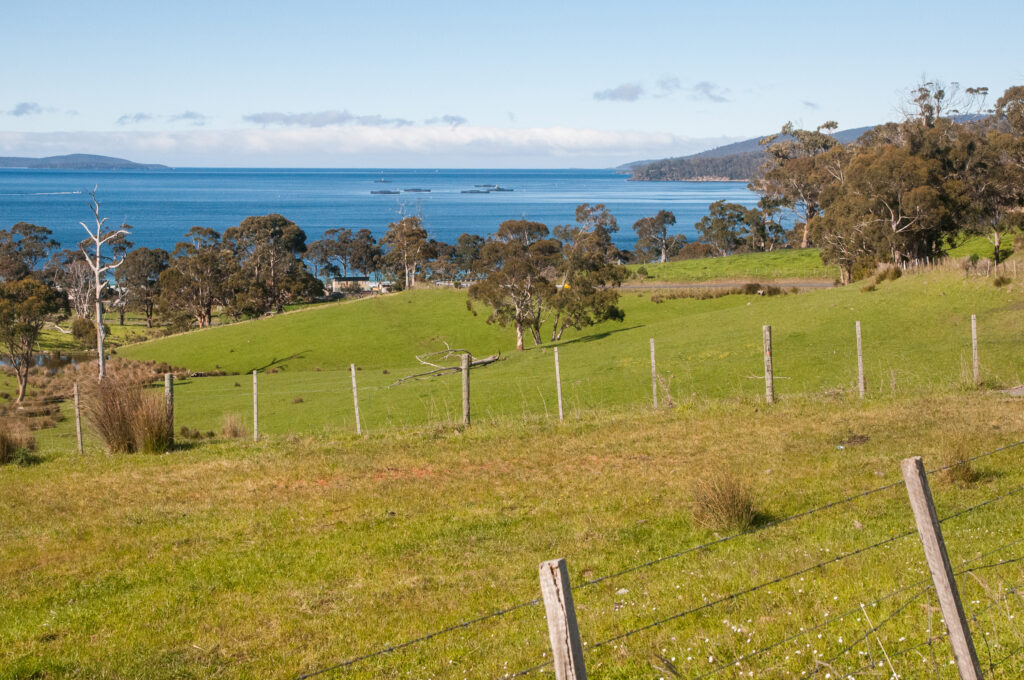NRM South has been working together with Tasmania’s two other regional NRM bodies (NRM North and Cradle Coast Authority) to review and develop our new NRM Strategies. For the first time, our strategies are being created though a collaborative state-wide process.
The strategies will outline the priorities for all three Tasmanian NRM Regions and specify what the regional organisations intend to deliver to 2030 (subject to funding) in specific NRM organisation-focused plans.
Developed through a process of consultation with governments, technical experts, and land managers, each regional strategy aims to capture an informed and accurate picture of current and future issues and delivers a clear vision of each organisation’s priorities under the major themes of land, water and biodiversity.
Nepelle Crane, CEO for NRM South explained that it has been a long process, involving significant collaboration with Tasmania’s two other regional NRM bodies to ensure consistency at a state-wide level. ‘We have recently worked with key technical experts and stakeholders to review our initial thinking and identified priorities,’ explained Nepelle. ‘The next step is to work with the State and Australian Governments and other groups to finalise our prioritised actions and identify areas for potential collaboration’.
Once this step is complete, the regional community will be invited to provide targeted input.
‘Our new strategies are focused on the role of the NRM organisations, and where we plan to focus our efforts. We are looking forward to inviting community feedback in September or October this year,’ said Nepelle. A final document is anticipated in January 2022.
NRM South is a not-for-profit, non-government organisation supported through foundational funding from the Tasmanian Government. NRM South manages and coordinates natural resource management projects and services, and coordinates funding from various sources. NRM South is the Australian Government’s preferred service provider to deliver environmental and agricultural outcomes in the southern Region – largely through the Regional Land Partnerships program.
